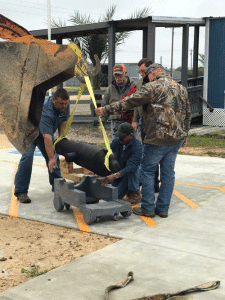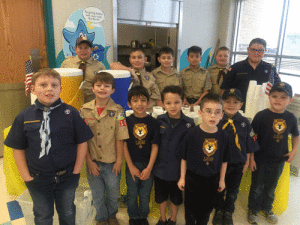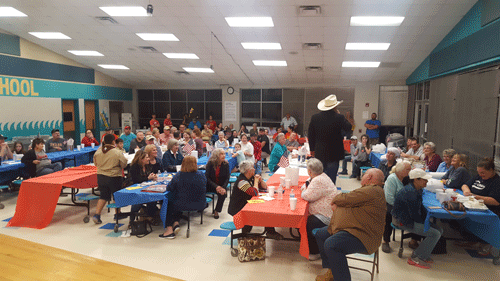Feeling Like Spring On The Island
Greetings from the island everyone, I hope that all of you are doing okay. Well, we are almost officially into Spring now, yay! I’m sure there will be one or two rogue northers come blowing in for a short time, but for the most part I believe that nicer weather is at our doorstep.
This certainly wasn’t one of our coldest winters, but it sure seemed like it was a wet and dreary one. The Fall rains continued on and never took a break, keeping the ground saturated, with only a hint of dryness for a few days at a time. And the fog has seemed endless for the past few months, creating a wet mess and playing havoc on being able to safely navigate across the bay on my needed mainland trips.
I enjoy the quiet and peacefulness that winter brings to the island, as there are normally very few weekend islanders during these colder winter months. I also get caught up on my reading materials out here, as a lot of days are spent inside due to nasty weather. On the negative side, I have a bad habit of occasionally spending money during those inside days, as I have more time to surf the internet and buy things more out of a WANT, than a need. . . stop that, Clint! But winters are just an accepted way of life out here on the island, this month being my 13th full time and 19 years total out here. I can recall about ten winters ago having three consecutive nights of 26, 28 & 29 degrees of bone chilling coldness. . I can sure do without one of those winters again.
With Spring upon us, I enjoy watching the little calves become more frisky and running around playing with each other. The island grasses are starting to sprout and greenery becomes much more abundant. Of course there is one particular bull on the island, a huge black one, that would prefer my St. Augustine yard grass over any other, and he uses every opportunity to get into the yard through the gate to indulge. I normally keep the back gate tied with a rope, because a simple latch system has yet to be created that he can’t defeat with his strength.
Of course, one night before bedtime I forgot to secure the rope, and the next morning, at the crowing of the rooster, Mr. Bull was in the yard. Before I could stop him, Corky was downstairs and chasing that bull all over the yard. In hindsight, it had to be quite comical, if one had been watching, to see me quickly throw on clothes and get downstairs, yelling at that possessed bull-hating dog the entire time, so that I could open the one-way gate for that dang bull to get out. After what seemed an eternity of the bull charging around the yard, rolling Corky with his head like he was a small thimble, and breaking/damaging everything his massive body collided with, I was finally able to open the gate and the bull ran out, with Corky of course continuing to chase him all the way towards the beach. Thank goodness that bull doesn’t have horns.
Keep in mind, ALL of this is taking place with sleep still in my eyes, the guineas cackling away loudly as if the world is about to end, and before I’ve had even my first sip of hot black coffee. . . a very bad way to start the island morning! The most significant damage done was one of my rain tank water pipes had been broken in two places. Luckily I was able to shut the valves before the tanks emptied, but had to be without water inside the house for a full day/night while the black & yellow putty adhesive had time to seal the breaks.
OK, on a much more positive note, my island segment on Texas Country Reporter aired on TV last month, and I was very happy with the way it turned out. It’s amazing how they can take three hours of filming and edit it down to eight minutes of TV air time. I wish they could have shown more about my off-grid setup and island beach finds, but I was impressed on the quality of the filming and the narrative, and the wonderful beach scenes, especially the ending. If anyone would like a DVD of the show, they are available by going online or phoning 1-800-TEXAS13. I think they are $10 and it is show #1641.
Well that’s it from the island for now, everyone take care and have a great day.






